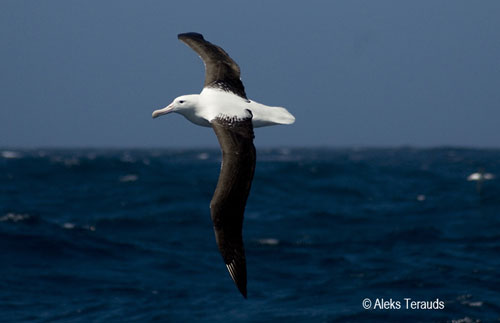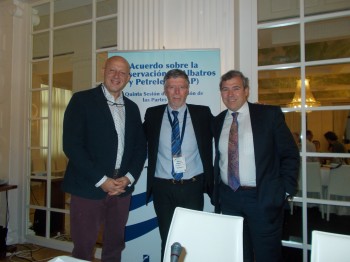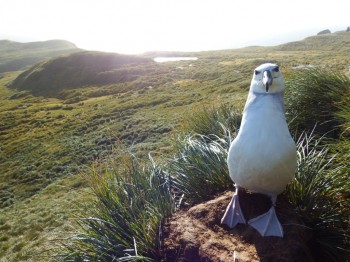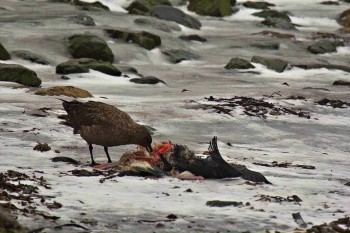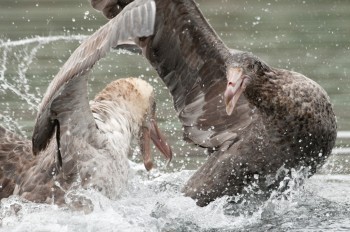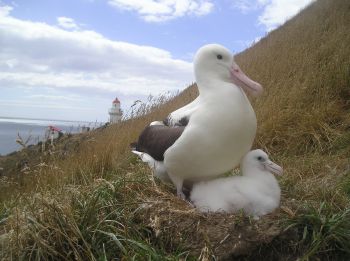Elisa Dierickx (Department of Organismic and Evolutionary Biologyand Museum of Comparative Zoology, Harvard University, Cambridge, USA) and colleagues have published in the journal Evolutionary Applications on the genetics of Black-footed Albatrosses Phoebastria nigripes.
The paper’s abstract follows:
“Evaluating the genetic and demographic independence of populations of threatened species is important for determining appropriate conservation measures, but different technologies can yield different conclusions. Despite multiple studies, the taxonomic status and extent of gene flow between the main breeding populations of Black-footed Albatross (Phoebastria nigripes), a Near-Threatened philopatric seabird, are still controversial. Here we employ double-digest RADseq to quantify the extent of genome-wide divergence and gene flow in this species. Our genome-wide dataset of 9,760 loci containing 3455 single nucleotide polymorphisms yielded estimates of genetic diversity and gene flow that were generally robust across seven different filtering and sampling protocols and suggest a low level of genomic variation (θ per site = ~0.00002 – 0.00028), with estimates of effective population size (Ne = ~500 – 15,881) falling far below current census size. Genetic differentiation was small but detectable between Japan and Hawaii (FST ≈ 0.038 – 0.049), with no FST outliers. Additionally, using museum specimens, we found that effect sizes of morphological differences by sex or population rarely exceeded 4%. These patterns suggest that the Hawaiian and Japanese populations are distinguishable and should be considered separate Management Units, although the evolutionary and adaptive consequences of this differentiation remain to be identified.
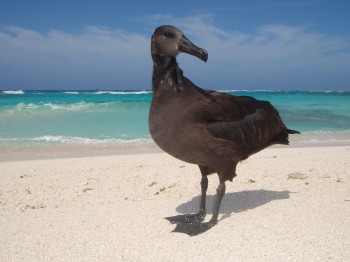
Black-footed Albatross, photograph by Cynthia Vanderlip
Reference:
Dierickx, E.G., Shultz, A.J., Sato, F., Hiraoka, T.& Edwards, S.V. 2015. Morphological and genomic comparisons of Hawaiian and Japanese Black-footed Albatrosses (Phoebastria nigripes) using double digest RADseq: implications for conservation. Evolutionary Applications DOI: 10.1111/eva.12274.
John Cooper, ACAP Information Officer, 20 May 2015

 English
English  Français
Français  Español
Español 